Flower Photography
Now that winter is long behind us and gardens and the countryside are buzzing with life, this time of year is perfect for capturing the vibrancy and beauty of flowers in photographs. Equally, however, flowers make fascinating and eye-catching subjects during any season, even if the weather is not conducive to outdoor photography and you are obliged to work in your home-made studio.
If you would like to improve your skills when photographing some of nature’s most beautiful exhibits, you may find these flower photography tips useful:
It’s not only about the foreground
A common mistake in all types of photography is to forget what’s going on in the background. When photographing flowers, you want the subject to do the talking, so removing unnecessary clutter in the background is vital to avoid distracting the eye.
You can achieve perfect composition in a number of ways. It might mean simply moving the flower, if possible, to a new location or altering the angle of the shot.
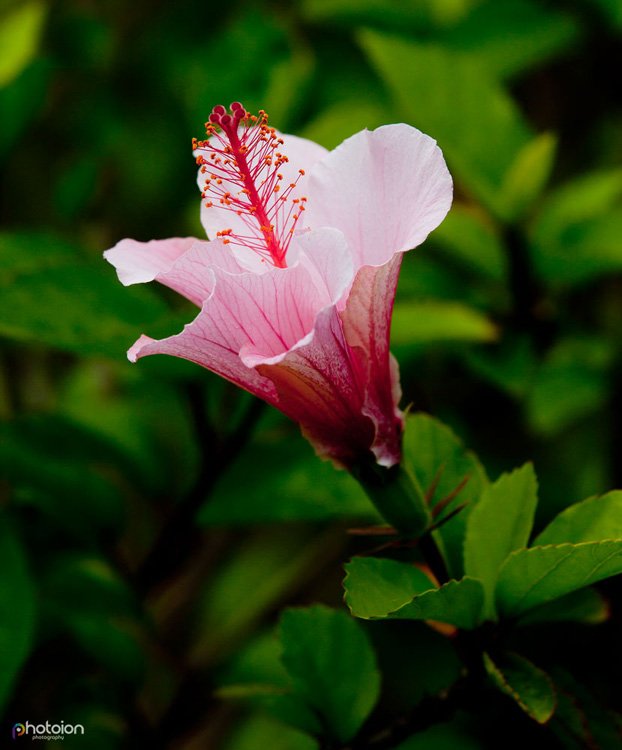
Effective background achieved using surrounding leafs
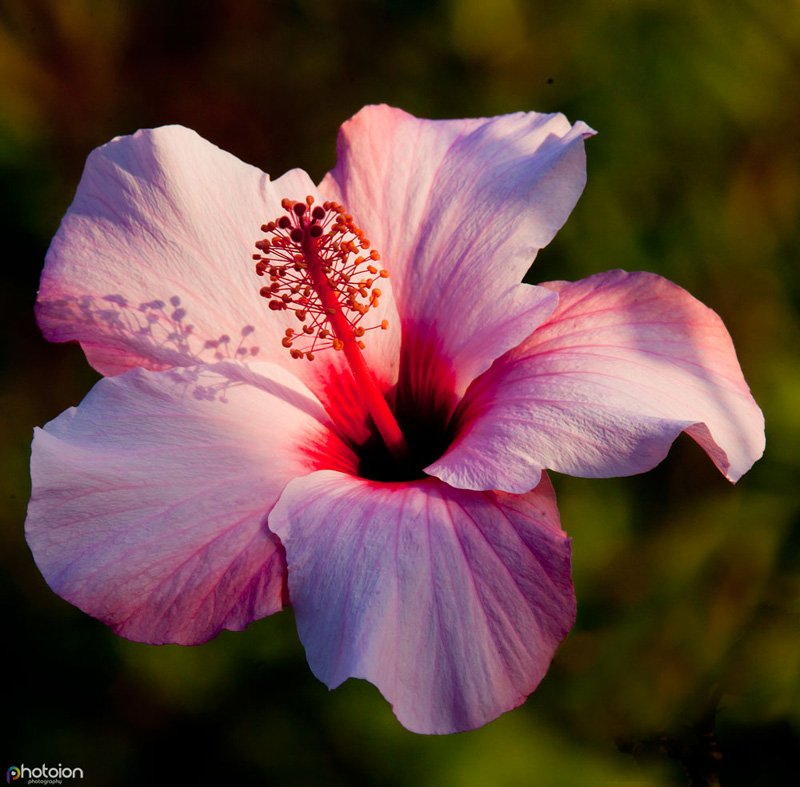
Using a wider aperture will result in a shallower DOF (depth of flied)
You might be able to crop an offensive background object later, but this requires a degree of foresight and the ability to plan your shot with this in mind.
Alternatively, using a narrow (shallow) depth of field by widening the aperture will soften the background (out of focus) while sharpening the subject, potentially creating a soft texture of colours behind the flower which actually complement it, rather than ruining it.
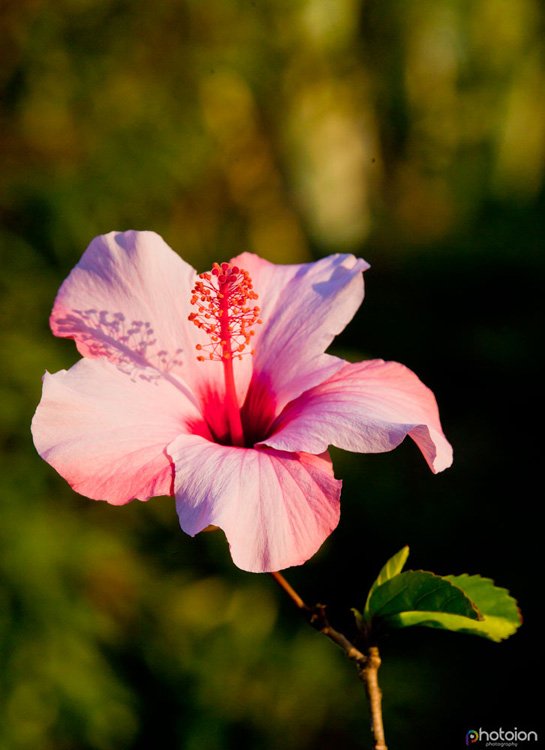
Shallow depth of field
Focus, focus, focus
As any photographer knows, achieving a sharp focus is essential when working with close-up objects. Flowers, however, pose a different sort of challenge as the depth of field is invariably much smaller than in other forms of photography, while it can be visually impressive to highlight the intricate details that are only obvious close up.
The starting point in any flower photography is to decide which part of the plant you would like to be the point of interest and to make tiny adjustments in order to achieve optimum focus. Unfortunately, when you’re working close up to your subject, even the lightest breath of wind can cause you to lose the sharpness that you crave, so working in an indoor studio or using card or a reflector to block the breeze outside can help immensely.
Think outside the box
Photographing the flower in its entirety is not always necessary and a more abstract approach can yield some pleasing results. For example, consider “focusing” (framing) on a section of a flower to highlight the unusual colours or patterns, or to draw out the contrasts between individual petals. Experiment with strange angles – viewing the flower from underneath, for example – to see the subject in a new way. The outcome may be weirdly abstract but its uniqueness may capture the imagination.
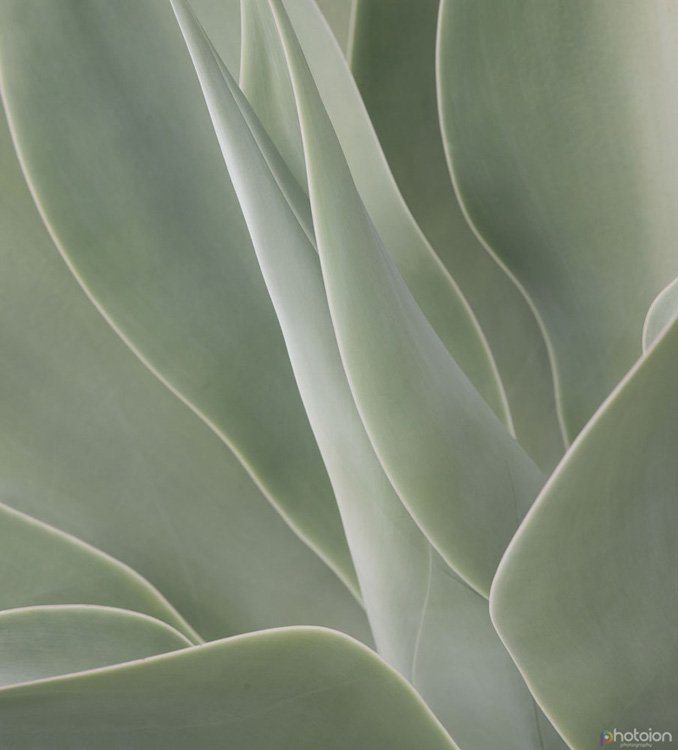
Close up full frame of an Agave Attenuata plant
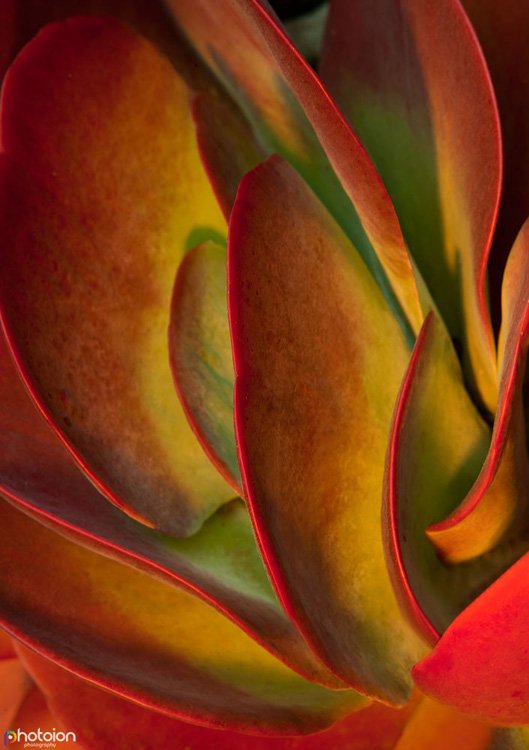
Close up of a Cactus Cacti Succulent Plant
Lenses of choice
Because of the close-up nature of flower photography, using the right lens for the shoot is especially important and there are several options available.
Firstly, a telephoto lens can be used to zoom in on the flower, although you will need to understand the minimum focusing distance of the lens before setting up the photograph as this will dictate how close you can get with the flower remaining in focus. Using a close-up filter can be an effective way of overcoming this problem as it will enable you to zoom in much closer to the flower, without bringing the lens beyond its minimum focusing distance.
For very detailed photography, a macro lens is perfect, although you can save yourself the expense until you are more accomplished at this tricky technique, by using a macro reverse ring. This screws onto the front of your existing lens so that you can mount it on your camera in reverse, which enables the lens to act as a macro version, giving you an impressive close-up view of the subject.
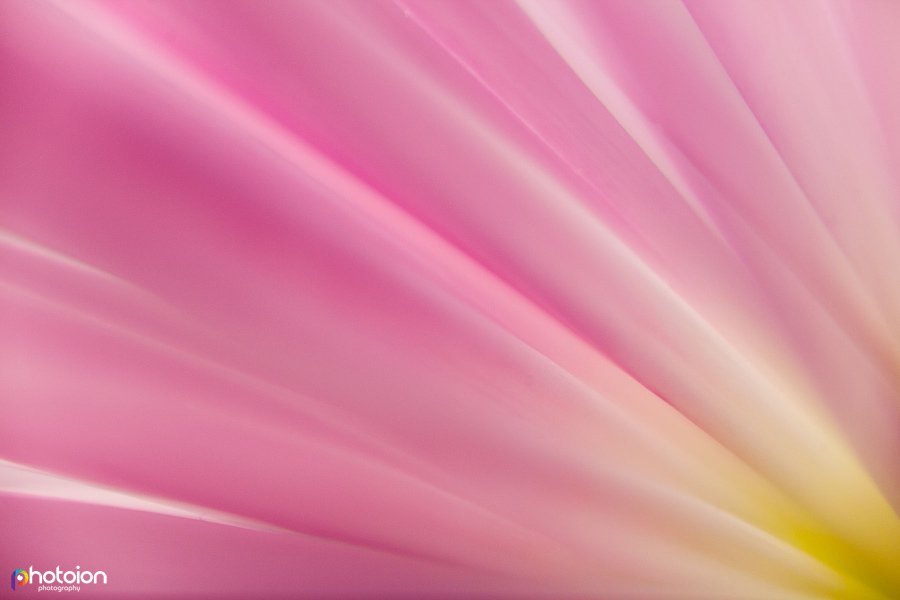
Extreme macro close-up 5:1 life-size photograph of a plant petal
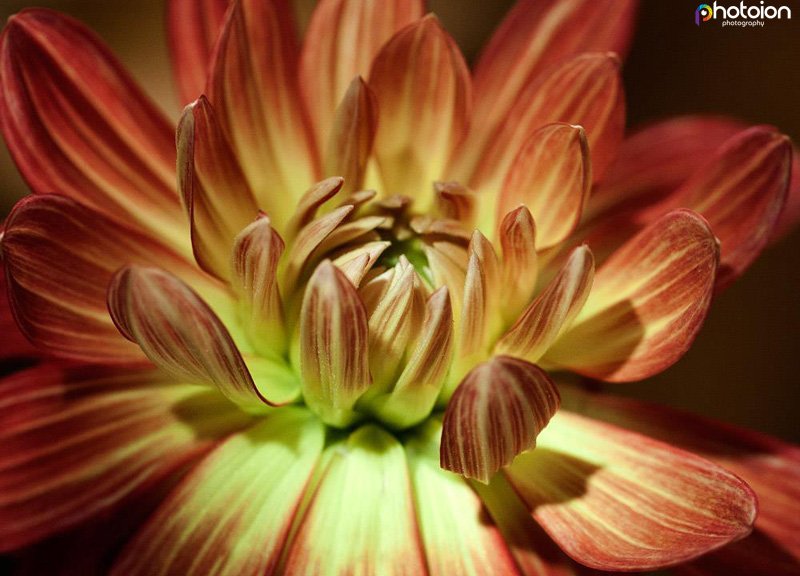
Close-up of a flower captured using a 1:1 close-up – macro lens
Using backlight
You may be forgiven for thinking that a sunny day is the best weather in which to photograph flowers, but sunshine can cause problems with exposure as well as casting dark shadows in the background which will detract from your composition. A sky full of white cloud is perfect as the light is sufficiently bright yet soft, which will help to keep the natural colours of the flowers in check.
A flash is well worth experimenting with but can be too garish without a reflector. Reflectors, which come in a variety of colours, can diffuse the flash so that it is gentler and you’ll see the flower’s colour in far more natural tones.
Alternatively, using a light source behind the flower, either the sun or artificial light, can emphasise the shape and colours of the petals as they are translucent.
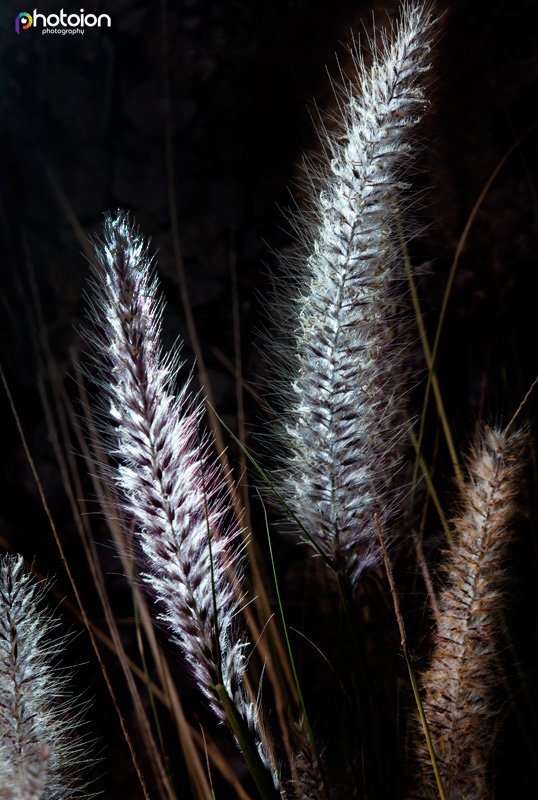
Backlit photograph captured using speedlites / flashguns
Back light is highly effective, especially late in the day as the sun is beginning to set.
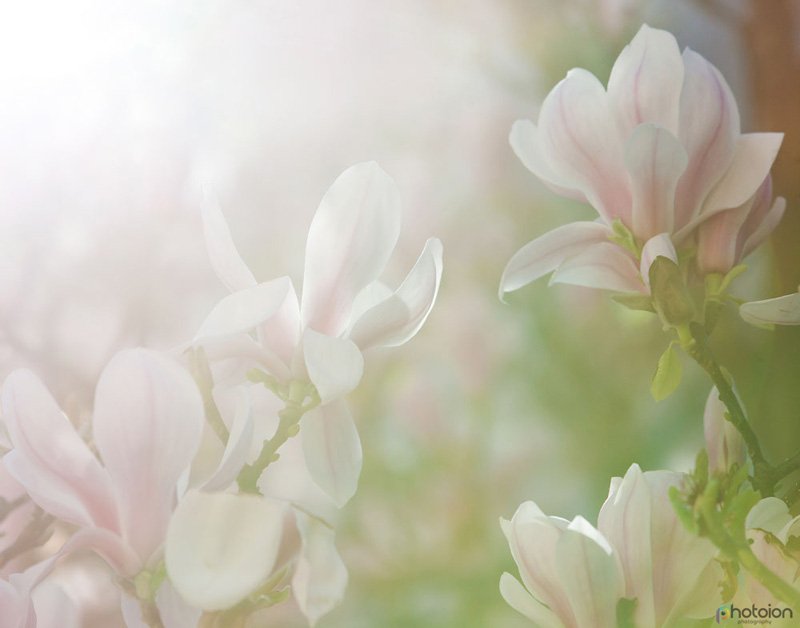
Magnolia tree flowers photograph captured against the sun light created a nice soft misty atmosphere
Photographing flowers is highly satisfying and can really hone your skills as a photographer, so make the most of the fine weather and enjoy capturing some of the most delightful aspects nature has to offer.

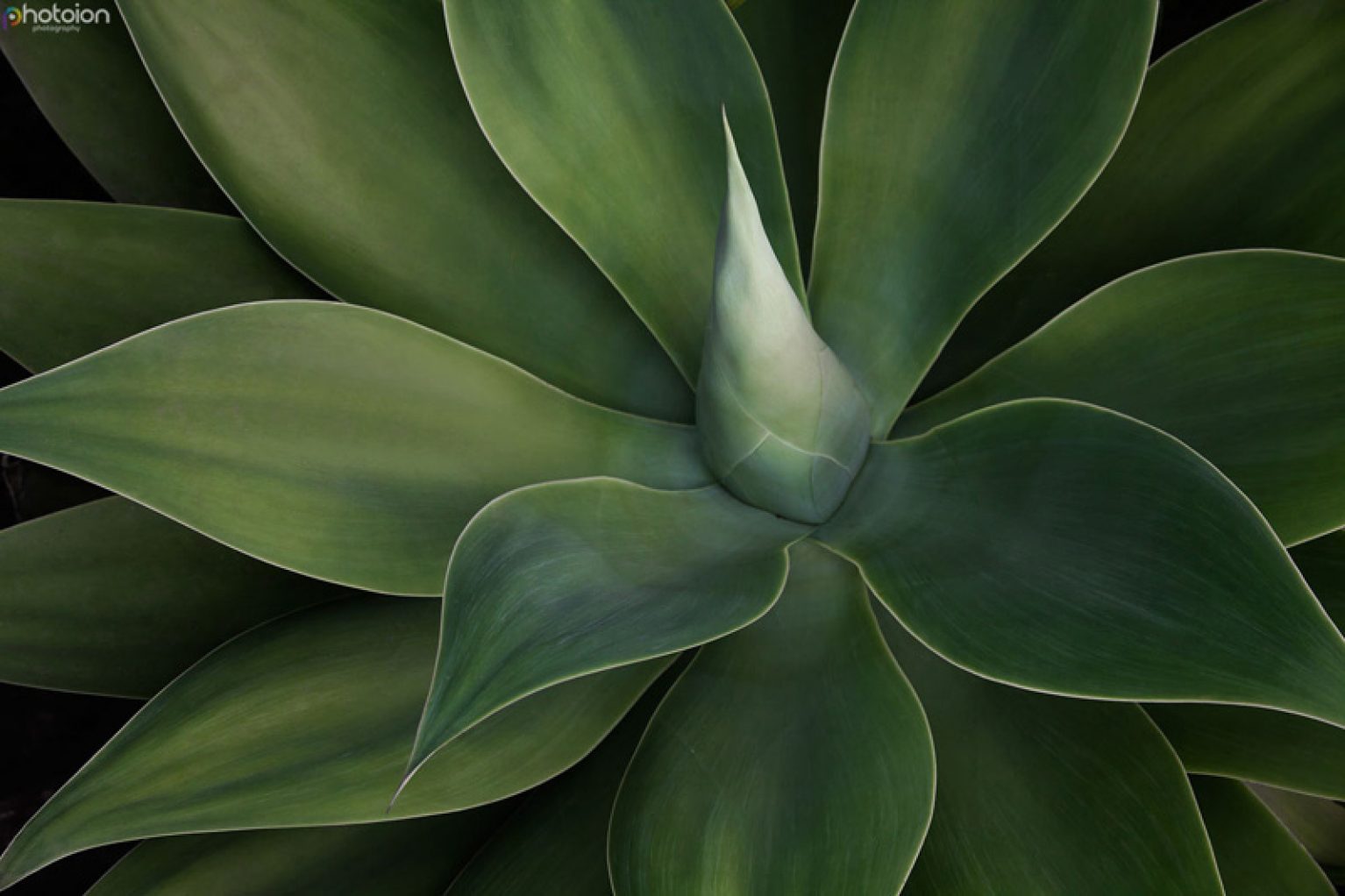
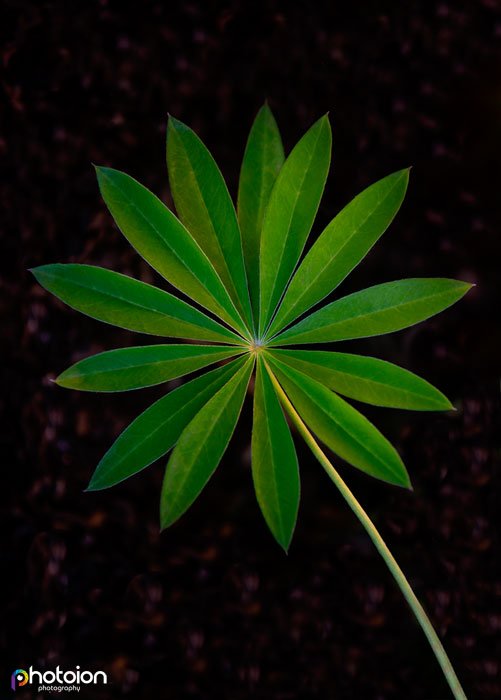
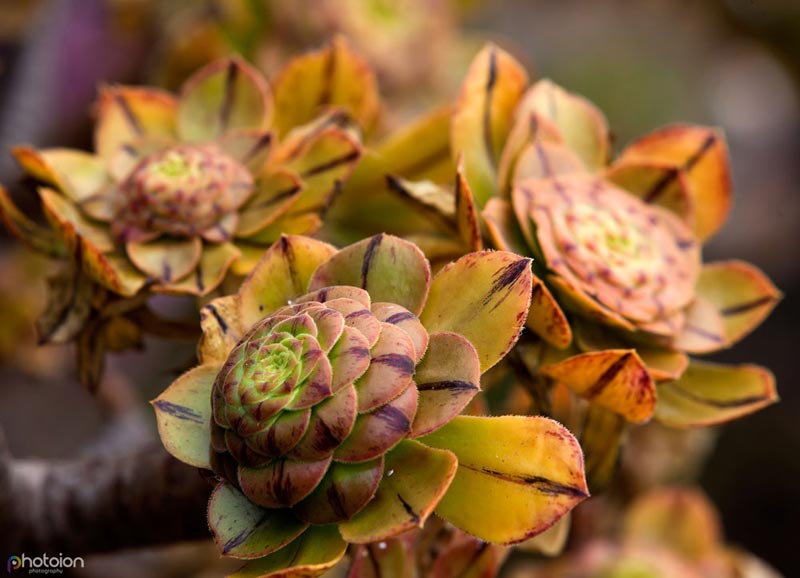
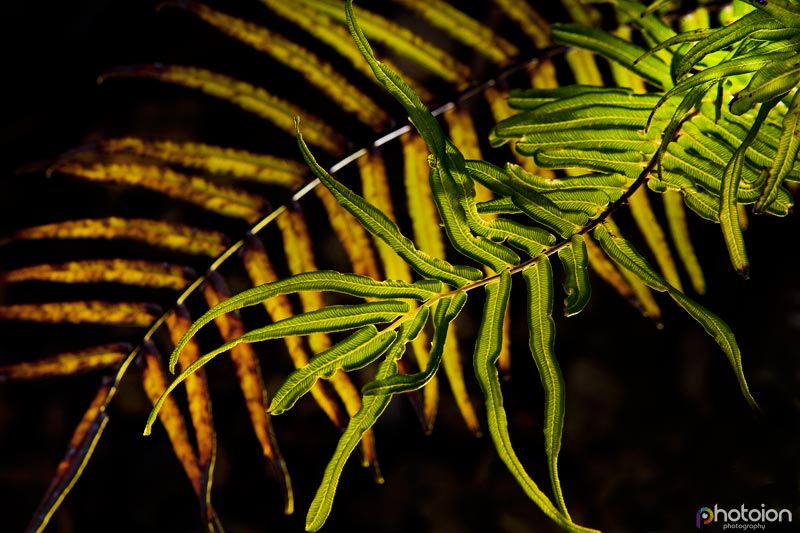
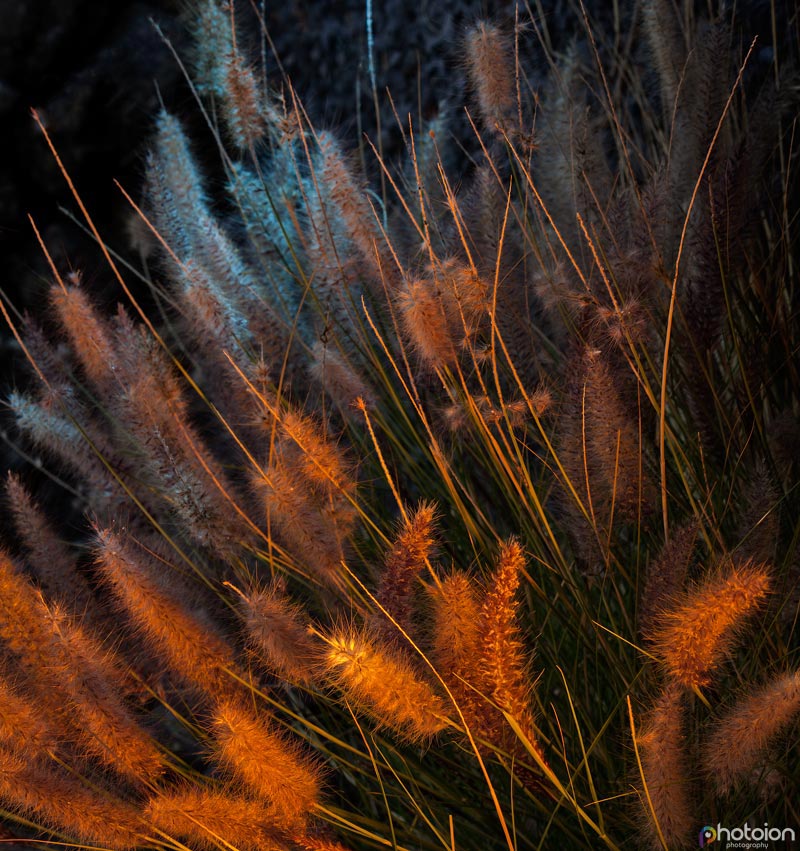

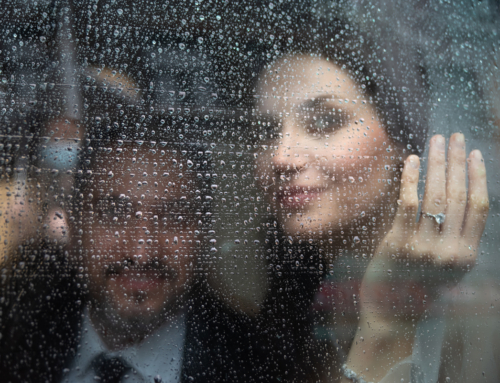
[…] You can find more essential tips for flower photography following this link. […]